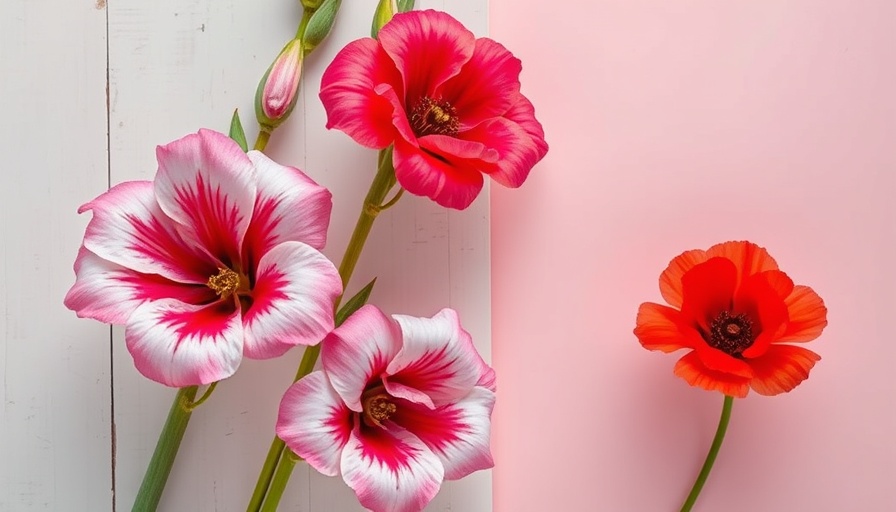
Discover the Hidden Meanings of Your Birth Month Flowers
Just as every month is associated with a zodiac sign and a birthstone, did you know that each month has its own flowers as well? These blossoms not only enhance our gardens but also symbolize various traits and feelings that reflect the spirit of those born in that month. Understanding the deeper meanings of these flowers offers a unique connection to nature and reveals insights about personality traits linked to your birth month. In this article, we dive into the primary and secondary flowers for each month and explore their symbolic meanings.
January: Carnations and Snowdrops - Love and Compassion
The month of January is represented by the carnation and the snowdrop. The carnation, known for its ruffled petals and fragrant aroma, varies in hue and is often linked to a mother's love. Beyond its traditional pink, this flower can bloom in vibrant reds and whites, each color possessing its own meaning—red suggesting love and admiration, while white reflects purity and good luck. Meanwhile, the snowdrop, often one of the earliest flowers to bloom in winter, symbolizes hope and renewal, providing a comforting sign of compassion during cold seasons.
February's Floral Symbolism: Violets and Primroses for Modesty and Protection
Violets and primroses take center stage in February, where the violet, with its delicate purple petals, embodies modesty and faithfulness. This flower thrives in forests and cool areas, representing those qualities linked to quiet strength and sincerity. On the other hand, the primrose, with its vivid colors, provides a sense of safety, embodying protective feelings and love, making it a perfect match for the affectionate spirit of February.
March: Daffodils and Jonquils - A Sign of New Beginnings
As spring arrives, March brings forth the daffodil and jonquil. The daffodil, often seen as a herald of spring, showcases its cheerful yellow blooms and stands as a symbol of rebirth and renewal. Its trumpet-like shape heralds a fresh season, signifying new beginnings. In the same family as daffodils, jonquils mirror these sentiments, promoting hope and rejuvenation. As both flowers bloom joyfully after winter, they inspire thoughts of growth and positivity.
The Significance of Floral Symbolism Across Cultures
Understanding the meanings of birth month flowers transcends mere decoration. Historically, different cultures have honored flowers in unique ways, linking them to customs, celebrations, and emotions. For instance, ancient Greeks and Romans associated flowers with deities and often used them as offerings in rituals. Today, this same reverence can be incorporated into personal celebrations or gift-giving, making your birth flower a thoughtful choice that conveys a deeper message.
Practical Tips for Incorporating Birth Flowers into Your Life
Using your birth flower can add a lovely personal touch to your living space or gift-giving practices. Consider planting your birth month flower in your garden for a seasonal reminder of your character traits. Alternatively, you can incorporate them into birthday bouquets, use them in crafts, or choose themed home decor items. Finding diverse ways to represent your birth flower can not only beautify your surroundings but also serve as a conversation starter about the symbolism each bloom carries.
Conclusion: A Floral Journey Awaits
Delving into the world of birth month flowers opens up an enriching experience that connects individuals to nature and tradition. From expressing emotions to serving as protective symbols, each blossom tells a unique story. Whether you're celebrating your birthday or looking for gift ideas, honoring these flowers can enhance our relationships with ourselves and each other. Explore your birth month flower today, and let it inspire joy and reflection in your life.
#BirthMonthFlowers, #FloralSymbolism, #Carnations, #Snowdrops, #Violets, #Primroses, #Daffodils, #Jonquils, #NatureConnection, #GiftIdeas
 Add Row
Add Row  Add
Add 




 Add Row
Add Row  Add
Add 


Write A Comment